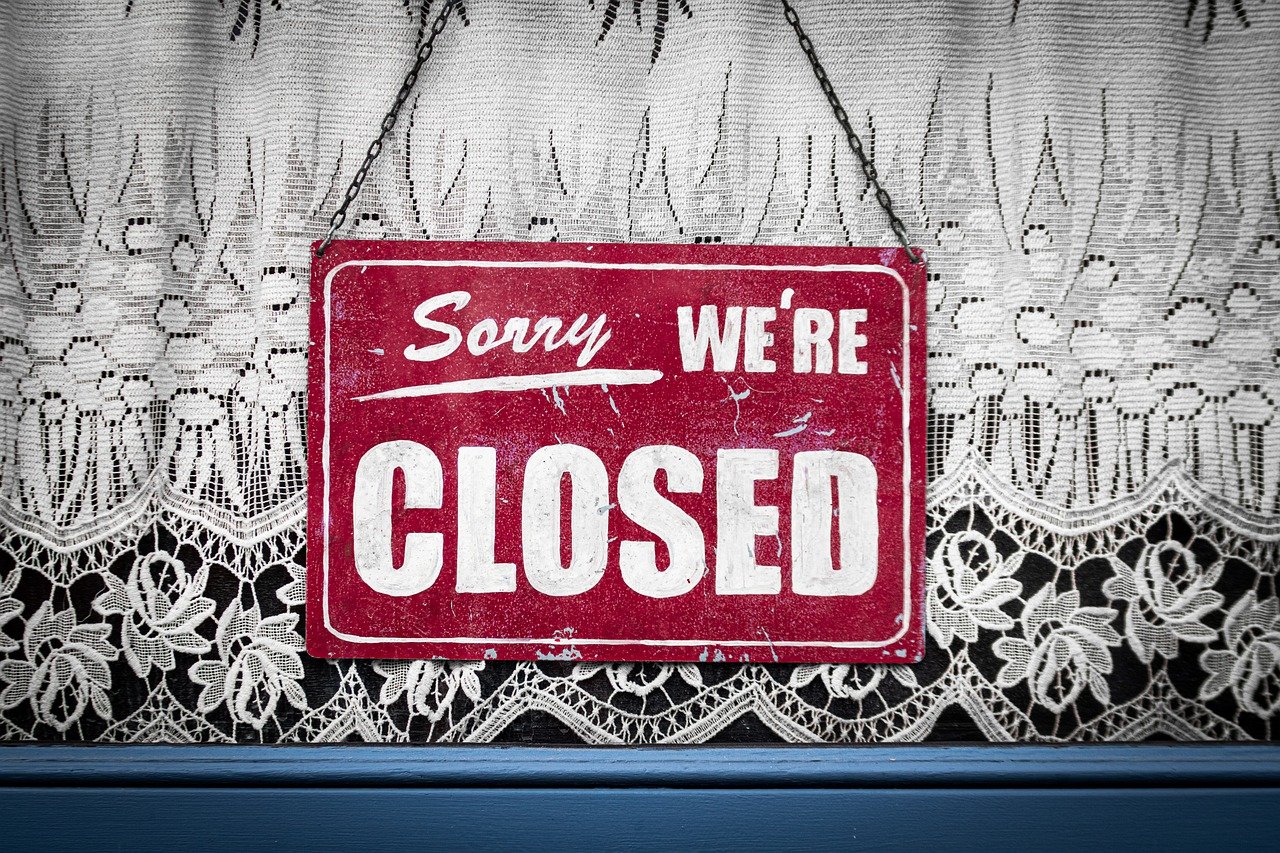Recent Census Bureau data tell a story that surprises no one who keeps up with current events in California: The state is losing residents like few others. According to economist Mark J. Perry, only four other states – New York, Illinois, New Jersey, Louisiana – had a greater net outflow in 2019.
Using Census numbers, Perry ranked the top 10 inbound and outbound states, and then looked at how each “compared on a variety of measures of business climate, individual and corporate tax burdens, state fiscal health, electricity and housing costs, economic performance, and labor market dynamism.” What he found will, again, surprise no one. The top 10 outbound states have higher taxes, poor business climates, more expensive housing and energy costs, and lower economic and job growth. And they are, with the exception of Louisiana, blue states.
Here’s a quick California-centric overview:
- Only four states in the outbound category have a higher state-local tax burden as a percentage of income than California’s. This state has the highest individual income tax rate (at 13.3%, no one is even close) and third-highest corporate tax rate (8.84%).
- Even though most Californians live in temperate zones, only Connecticut has higher electricity costs, and the difference isn’t worth debating – 18.47 cents per kilowatt hour compared to 18.46 cents).
- Homes are by far more expensive in California, with the 2020 median price at $586,659. Massachusetts is next at $457,192.
- Only Louisiana and New Mexico have higher 2019 jobless rates than California’s 4.1%.
- At 1.5%, the rate of job growth in California is second in terms of success only to New Mexico’s 1.6%, but it nevertheless lags every top 10 inbound state in job growth but Oklahoma, which has a rate of 0.8%. The average for the 10 inbound states, nine of which are right-to-work states, is 2.1%.
Perry didn’t include economic freedom when compiling his list, but it is not without significance. California lands at 47th in the Fraser Institute’s 2020 rankings of economic freedom in North America. New York is dead last. Other states from Perry’s outbound list found in the bottom half of the Fraser list include Louisiana, Michigan, New Jersey, Illinois, and New Mexico. This is not a coincidence.
While the wealthy continue to live well in California – more billionaires, 165, call this state home than any other – the middle class sees better opportunities elsewhere. And flees. As do businesses.
The heavy outmigration is likely to result in the loss of a congressional seat (and an Electoral College vote), probably from the Los Angeles region, reducing the state’s House delegation to 52. It would be the first time in California’s history that it dropped a congressional seat. Several other top 10 outbound states – Illinois, Michigan, New York – will probably lose House seats, as well.
Meanwhile, Texas, which has no state income or corporate taxes, lightly regulates commerce, and welcomes businesses, might gain three.
The official line out of Sacramento and most city halls and county board rooms, adopted by much of the media and repeated by supporters of the blue state model, says there’s nothing to see here, California is doing just fine. But the many residents and businesses that have left, and those that realize they will eventually have to as well, recognize this is true only for the extraordinarily wealthy and the bulk of the political class, which seems as if it’s going to be the last to know that it’s created an enormous problem.
Kerry Jackson is a fellow with the Center for California Reform at the Pacific Research Institute.

